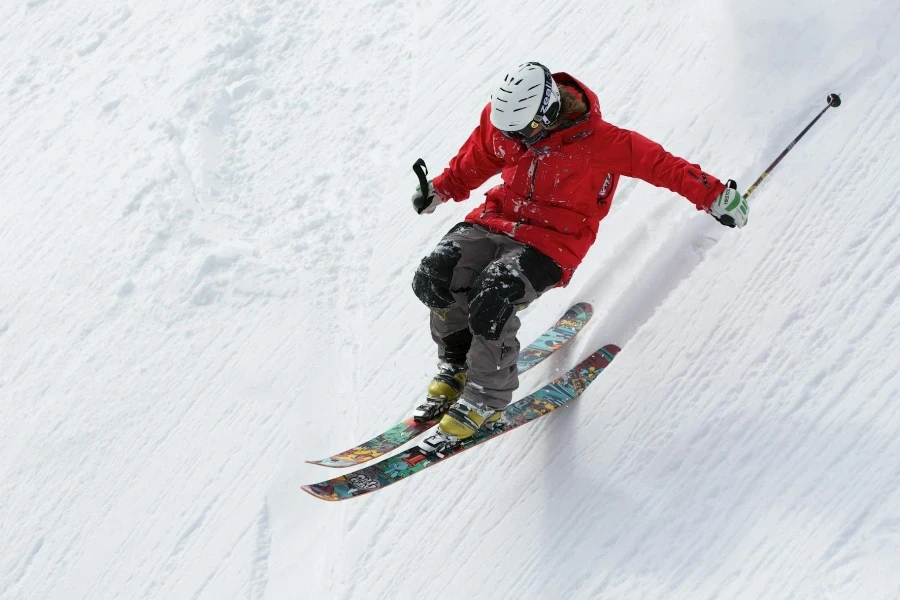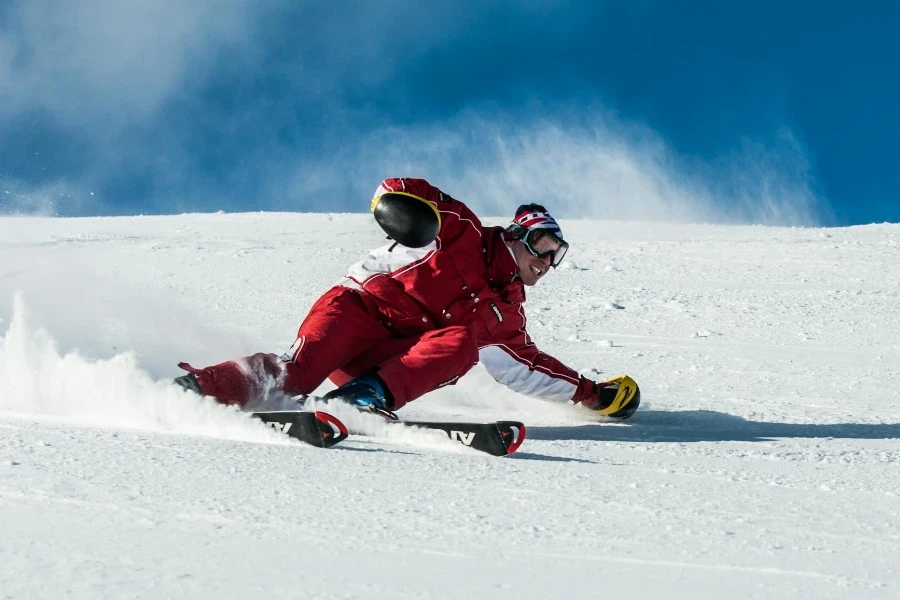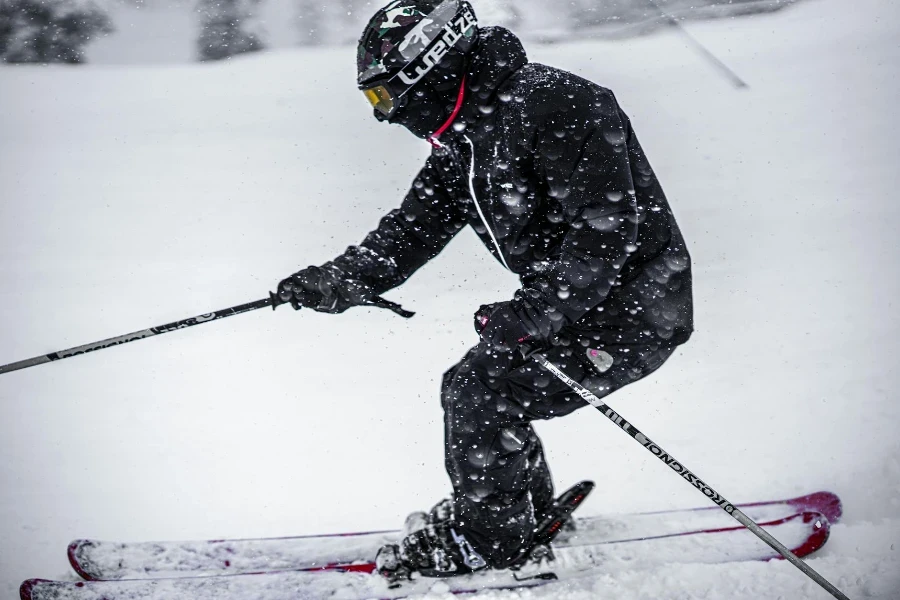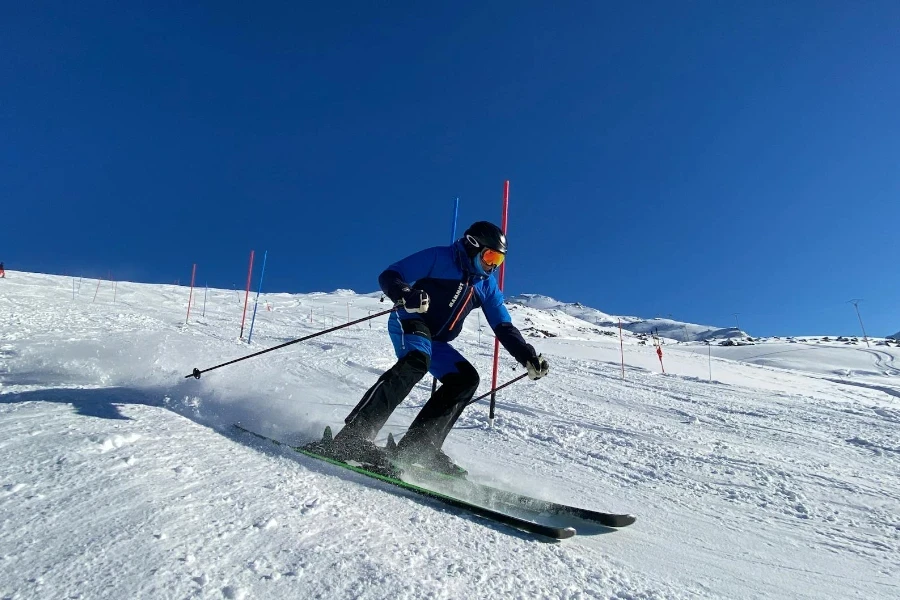As the winter season approaches, the excitement for skiing adventures takes over. Whether you’re a seasoned pro or a beginner on the slopes, understanding and selecting the right ski suit is crucial for your comfort, performance, and safety. This guide will explore the ins and outs of ski suits, ensuring you’re well-equipped for your next snowy escapade.
Table of Contents:
1. What is a ski suit?
2. The popularity of ski suits
3. Is a ski suit good?
4. How to choose a ski suit
5. How to use a ski suit
What is a ski suit?

A ski suit is a garment designed specifically for skiing and other winter sports that require similar gear. It is crafted to provide warmth, protection from the elements, and flexibility during physical activity. Ski suits come in two main types: one-piece suits, which cover the body in a single garment, and two-piece suits, consisting of a separate jacket and pants. Made from water-resistant and breathable materials, these suits often feature insulation to retain heat, reinforced areas to resist abrasion, and various pockets and vents for functionality and comfort.
The popularity of ski suits

Ski suits have been a staple in winter sports attire for decades, evolving in style and technology to meet the demands of athletes and enthusiasts alike. Their popularity stems from their ability to provide comprehensive protection from cold, wind, and moisture while maintaining a high level of mobility. With advancements in materials and design, modern ski suits offer improved thermal regulation, lighter weight, and enhanced durability, making them a favorite choice for skiers of all levels. Moreover, the variety of designs and colors available allows individuals to express their personal style on the slopes.
Is a ski suit good?

The effectiveness of a ski suit lies in its design and materials. A good ski suit is one that keeps the wearer dry, warm, and comfortable in various weather conditions, without hindering movement. It should have a breathable membrane to prevent moisture buildup from sweat, insulation to trap heat, and a durable water repellent (DWR) coating to repel water from the surface. Additionally, features like sealed seams, adjustable cuffs, and snow gaiters enhance the suit’s ability to protect against the elements. When chosen and used correctly, a ski suit is an excellent investment for anyone looking to enjoy winter sports safely and comfortably.
How to choose a ski suit

Selecting the right ski suit involves considering several factors, including the type of skiing you’ll be doing, the typical weather conditions you’ll face, and your personal preferences in fit and style. For extreme conditions or backcountry skiing, a high-performance suit with robust waterproofing and breathability ratings is essential. For casual resort skiing, comfort and convenience might take precedence, with features like detachable hoods and ample pocket space being more important. Pay attention to the fit—your suit should be snug enough to keep cold air and snow out but loose enough to allow for full range of motion. Lastly, consider the suit’s insulation; synthetic fills are common, offering warmth even when wet, but down insulation, while lighter and more compressible, may not be as effective in damp conditions.
How to use a ski suit

Using a ski suit properly is key to maximizing its benefits. Before heading out, ensure that all zippers are closed and flaps are secured to prevent snow and cold air from entering. Adjust the cuffs, waistband, and hood to fit snugly around your gloves, boots, and helmet, respectively. Utilize the suit’s ventilation systems—such as underarm zips—to regulate your body temperature during intense activity or warmer conditions. After use, dry your ski suit thoroughly before storing it in a cool, dry place. Regular maintenance, including reapplying DWR treatments and repairing any tears or damage, will extend the life of your suit and keep it performing at its best.
Conclusion:
A ski suit is an indispensable part of any winter sports enthusiast’s gear, offering protection, warmth, and style on the slopes. By understanding what makes a ski suit effective and how to choose and use one properly, you can ensure a comfortable, enjoyable skiing experience. Remember to prioritize quality, fit, and suitability for your specific needs when selecting your ski suit, and you’ll be well on your way to mastering the slopes in no time.



